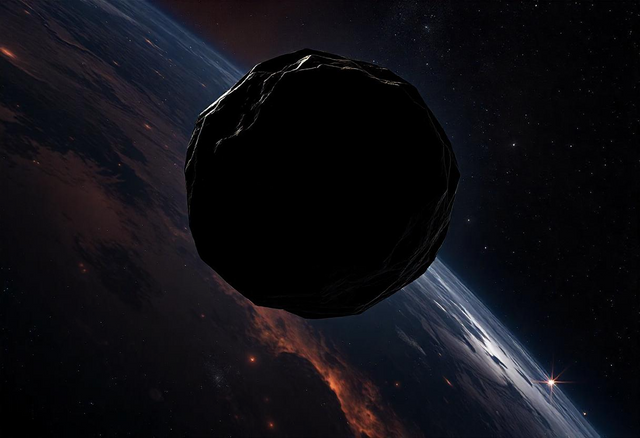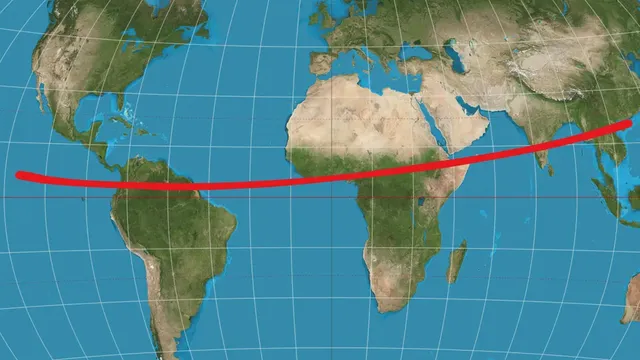Hit probability increased to 2.3%
Hit probability increased to 2.3%

The diameter of the dimorph that was deflected by the Dart spacecraft was much larger than 2024 YR4, with 160 meters in diameter, the Dart spacecraft was the size of a washing machine and the mission cost 324 million, deflecting this asteroid should not cost much more, even sending three spacecraft it should not exceed 1 billion dollars. It is money, it is money but the risk in case the significant impact is confirmed.

Souce
When the mission is sent, it will be sent before being certain of where the impact will be, so we could have a much more defined strip than the one presented, but we would not know at the time of launching the rockets if it would impact the water, a city or a desert area, although in this case it does not cross any.

In short, there are two options, destroy the Bruce Willis-type asteroid, break it into pieces or divert it, the experts prefer to divert it because they don't really like the idea of having a lot of fragments flying around, because also if you break it you run the risk that all those fragments will continue on the same path of the asteroid and end up impacting the earth, that's why they prefer to divert the asteroid by pushing it and it will then go to live the cosmos far from our planet but it could be the last option, that is, sending a mission to push it that would have to be sent months in advance, otherwise it would not arrive, not only because it has to take a while for the rocket to reach the asteroid but because it has to catch it far from the earth to be able to push it enough for that push to add up to what is necessary for it to pass by the asteroid.
The images without reference were created with AI
Thank you for visiting my blog. If you like posts about #science, #planet, #politics, #rights #crypto, #traveling and discovering secrets and beauties of the #universe, feel free to Follow me as these are the topics I write about the most. Have a wonderful day and stay on this great platform :) :)